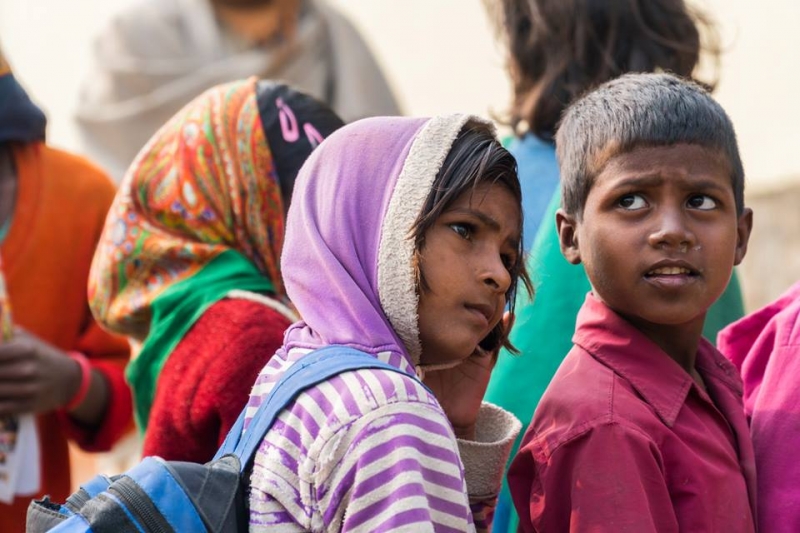Let me be honest – I have never thought of India as a potential travel destination. As it was an unprecedented trip, my planning was kept to a minimal, and much of it was left to fate. I serendipitously found myself in two states of Northern India, Varanasi and Bodhgaya, and was thoroughly inspired by the diversity, vibrancy and spirituality of these beautiful places. At the same time, I found myself contemplating that regardless of how rich my experiences were, they could only be a mere fraction of all the things that the seventh largest country of the world would offer its visitors. There’s so much more to discover!
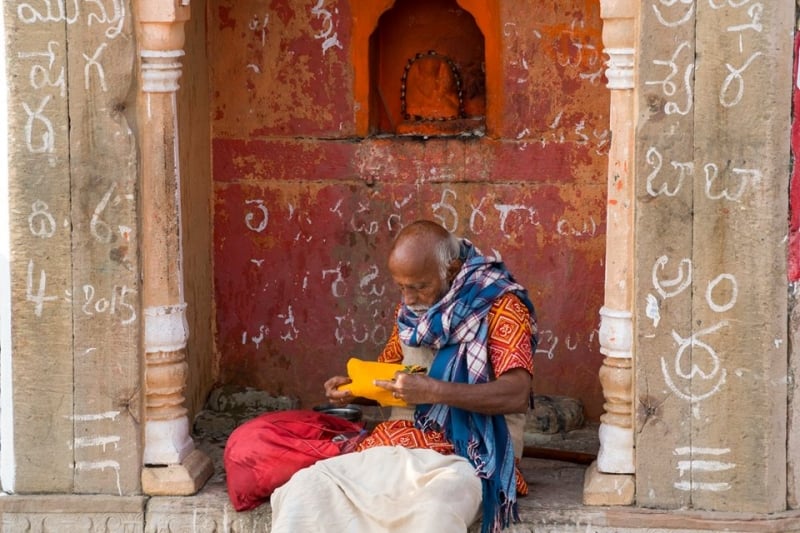
If I were to give myself some advice before embarking on this journey, I would just say, “expect the unexpected”. It would have certainly helped to prepare me for the all the unforeseen adventures that I would soon encounter.
The train to Varanasi
To begin, the start of our trip was tumultuous, to say the least. The sudden cancellation of our train from Lucknow to Varanasi saw my travel partner and I stranded at the train station at 11pm, surrounded by the other unfortunate passengers who had also had their plans disrupted. Unwilling to spend the night sleeping on the floor before the replacement train was scheduled, we decided to purchase a ‘general ticket’ for close to Rp200. This allowed us to board any of the available trains going in the same direction, but without the comfort of having a reserved seat. It was the lowest priced ticket, which meant that it was for the least luxurious train cabin. That’s putting it nicely. By chance, we were directed to a vacant ‘disabled cabin’, which although slightly more spacious, was still cramped with other travellers. We occupied a small corner on the floor to sit and rest for the next nine hours. Nine hours of freezing in the blistering cold night, being awoken by the loud train horns and incessant rolling of the train tracks, and enduring the occasional whiff of the nearby toilet. Despite the less-than-desirable conditions, we still found joy in making conversation with the other occupants, both commiserating about the situation and sharing stories about where we came from.
Our first destination: Varanasi
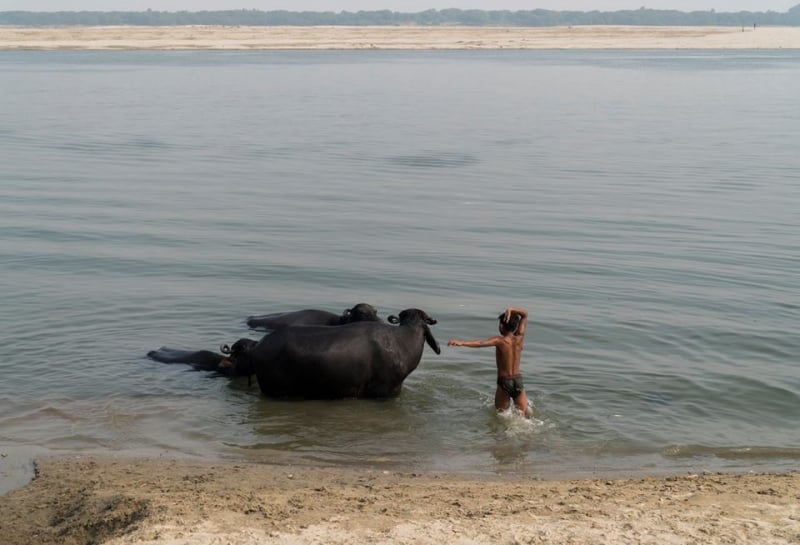
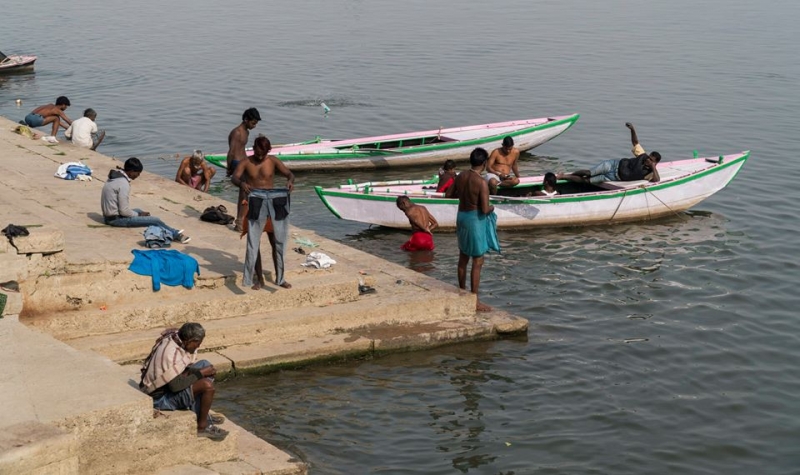
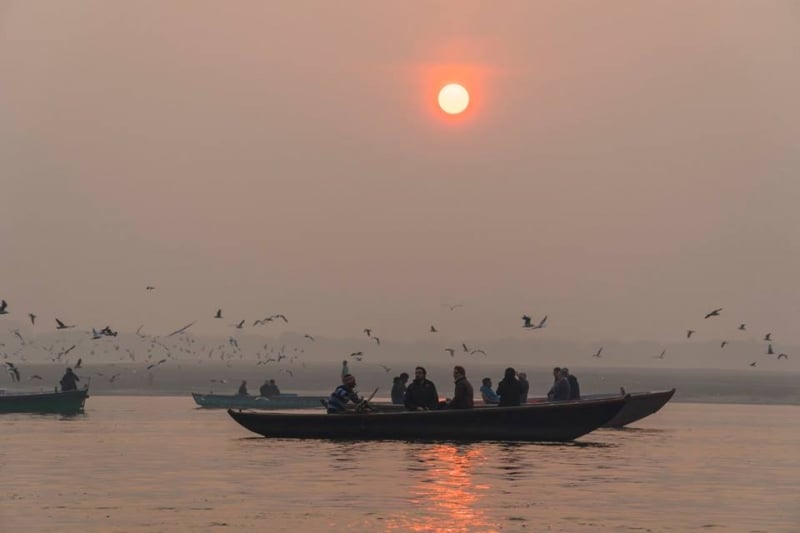
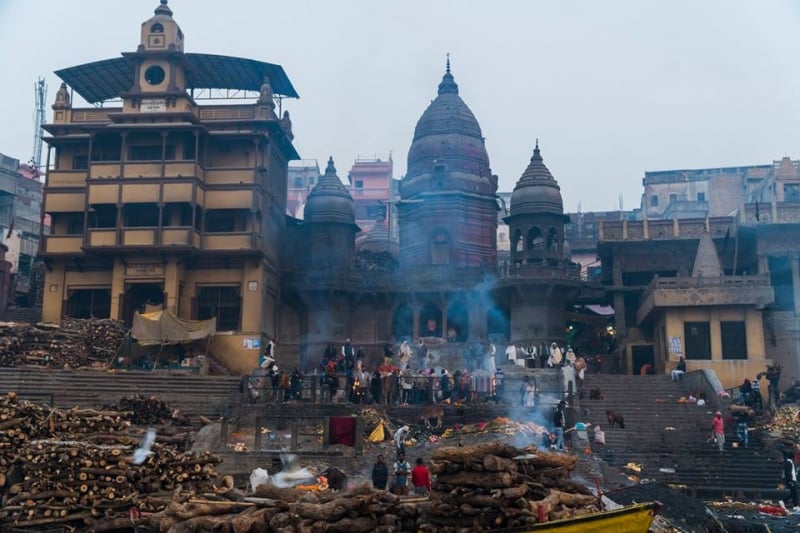
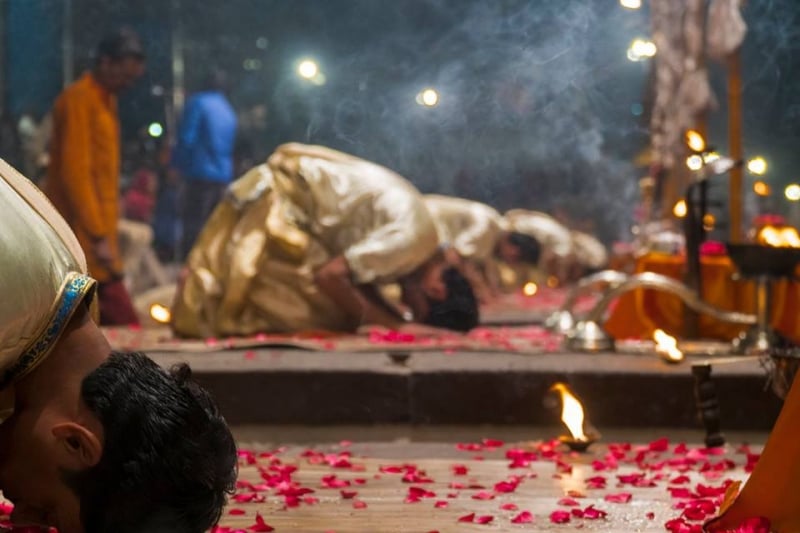
Upon the eventual arrival at our destination of Varanasi, or Benaras (what it is locally referred to), I knew that the long journey there had been worth it. An ancient religious city built along the Ganges River (affectionately named Mother Ganges by the native people), it is considered the holiest of the seven sacred cities in Hinduism and the location for the place of worship for Shiva, one of the principal deities. Sure enough, the place lived and breathed religion and spirituality. As we strolled along ghats, the stone stairways along Mother Ganges, we witnessed how the people there practised their faith. Aside from using the river to bathe and wash their clothes, they also used it as a site of prayer and ritual, and to disperse the ashes of the dead. There are also two famous ghats, Dashashwamedh and Manikarnika, which are the ‘main’ and ‘burning’ ghats respectively.
At the main ghat, the aarti ceremony is performed every evening. Central to Hindu worship, there is a wild orchestra of ringing bells, chanting, worship, flames, and holy music. Performers have to face the Ganges, which is synonymous to facing the deities. We were careful not to obstruct their view of the river, and enjoyed the ceremony from the periphery. It was definitely a novel experience that both entertained and educated me more about Hindu worship practices.
The burning ghat is especially sacred; the belief is that if one passes away and is cremated there, they will be able to achieve liberation from the cycle of rebirth and is forever free from suffering. Cremation grounds are divided to reflect the division between the castes; the lowest caste is allocated closest to the river bank, and progressively higher castes are allocated higher up the ghat. Doms, the lowest caste system in the Indian system, control the fire and wood supply, and help to light the fires necessary to cremate the bodies. Subsequently, family members of the deceased conduct various rituals and eventually throw the ashes into the Holy River.
Apart from religion, Varanasi is renown for its silk and fabric trading. Little workshops house a few workers each, who delicately produce scarves, blankets and table sheets. These products continue to be largely manufactured through manual means – they are handwoven, dyed by hand, and only threading is assisted by rudimentary machines. I was surprised by the excellent quality of these items, and impressed by the effort that was taken to produce them.
When it was time to bid Varanasi farewell, I remember thinking that I did not expect to be so entranced when I first came. The city, populated since antiquity, was so rich in unique tradition and steeped in culture and religion. Although the cynic in me remains sceptical about religion, I was glad that I exposed myself to these experiences and gained more insight into what I was not familiar with.
Our next destination: Bodhgaya
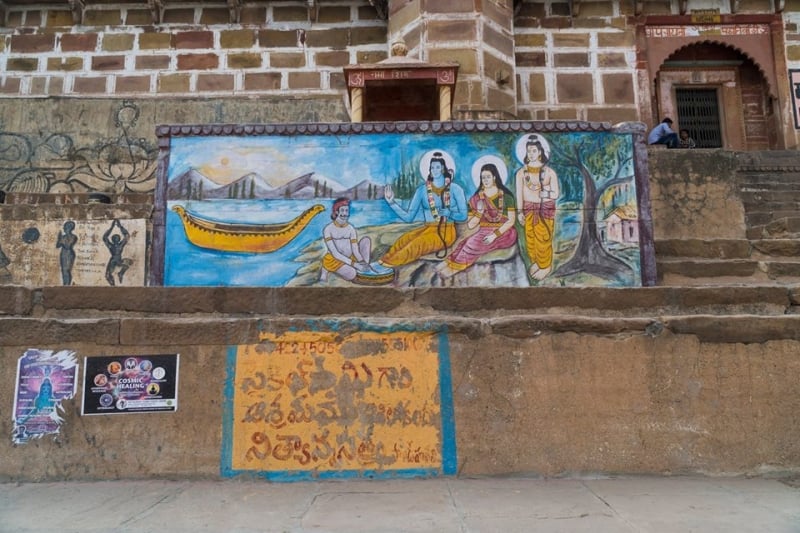
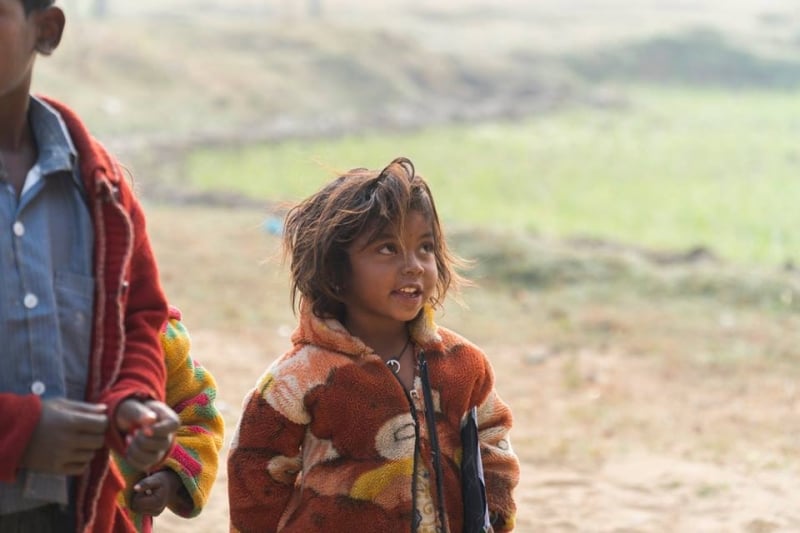
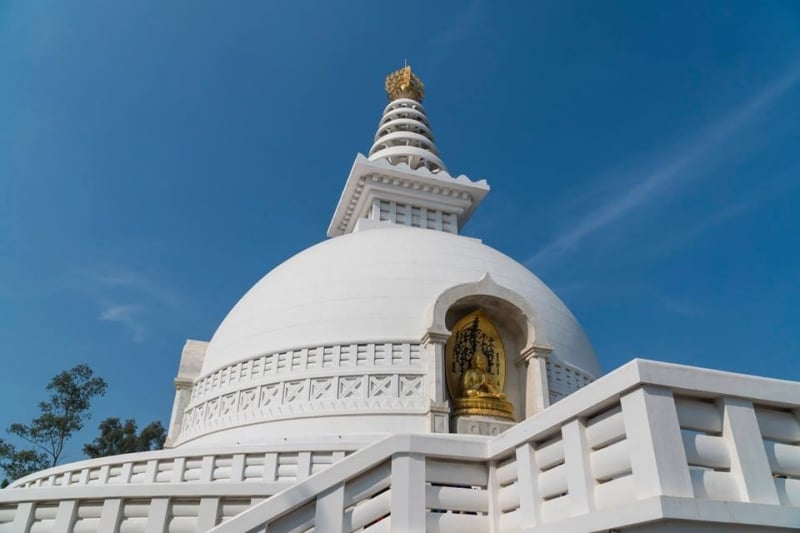
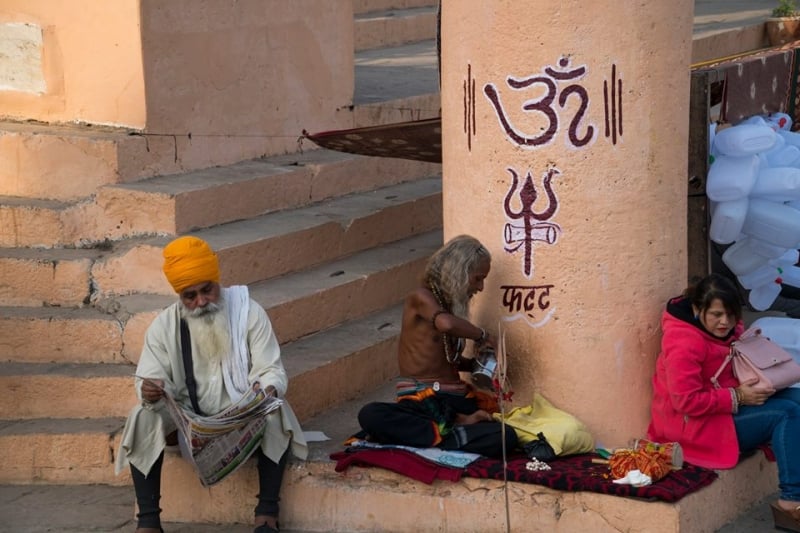
Next, my travel partner and I took a 300km journey eastwards, where we found ourselves in Bodhgaya, the place considered as the birthplace of Buddhism. A fellow traveller had introduced us to a Choraha, a charity school in one of the villages. I was given the opportunity to interact with the children there, and unexpectedly learnt so much from them. I developed a profound respect for these underprivileged students, who despite their poverty, were not in desire of riches, and were still appreciative of what they had. This inspired a lot of personal reflection, and I realised how I had so much to be happy and thankful for, and that little actions in my own capacity could actually make a big difference to others who were less fortunate. India is truly a place for reflection and self-discovery.
It then seems extremely appropriate that the next place of interest we visited was the Mahabodhi temple, where Buddha is believed to have gained enlightenment under the Bodhi tree. With grand and ornate architecture, the temple is divided into a few areas: for meditation, prostrations, chanting, teaching, and many more. Despite the tall building, the interior of the main hall was surprisingly narrow. It housed a statue of Buddha, his right hand making contact with the earth – a depiction of Buddha’s triumph over Maya, the devil of desires.
Moving up northeast, we embarked on a day trip to Nalanda and Rajgir. We first visited the ruins of Nalanda, which used to be a university some 800 years ago. Since plenty of restoration work has been done since, one can only rely on their imagination to visualize what the place was like in its former glory days. It is rumoured that Monk Xuanzhang (from the tales of the Journey to the West) is said to have once visited Nalanda. In the 13th century, the Turkish invasion led to the demise of this once prosperous place.
At Rajgir, there was a gondola to bring us up the hill to Vishwa Shanti Stupa (Peace Pagoda), where Buddha statues were mounted. Walking down the hill, we were lucky to chance upon two small caves that housed Buddha statues – they were so small that we almost missed them! We continued down the hill and arrived at Griddhakuta Peak (Vulture Peak), a serene open-air shrine that was perfect for a breather and for a view of Rajhir’s skyline.
The train back to Lucknow
Like all good things, my trip to India had to come to an end. Although this involved another long train ride from Bodhgaya to Lucknow for the flight back home, my travel partner and I were fortunate to have had been more comfortable this time, with a bed to rest on for the 16-hour-long ride. The long commute also gave me an opportunity to reflect on the entire trip; I experienced many unexpected beautiful sightings, and did not foresee that I would have had gained so many revelations about life and religion. Expect the unexpected indeed.
Before I go, I would just like to share some tips and tricks for planning a trip to India! I hope that this would inspire more people to check out India as a travel destination, and that you will have as meaningful as trip as I did.
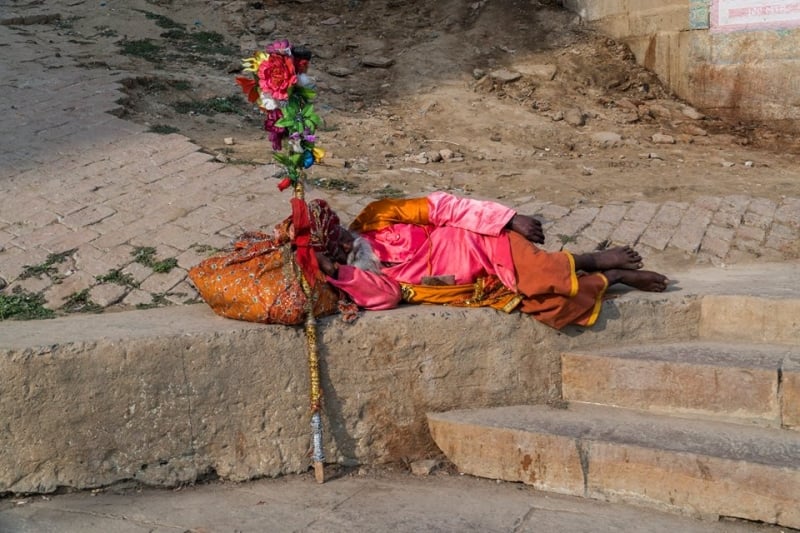
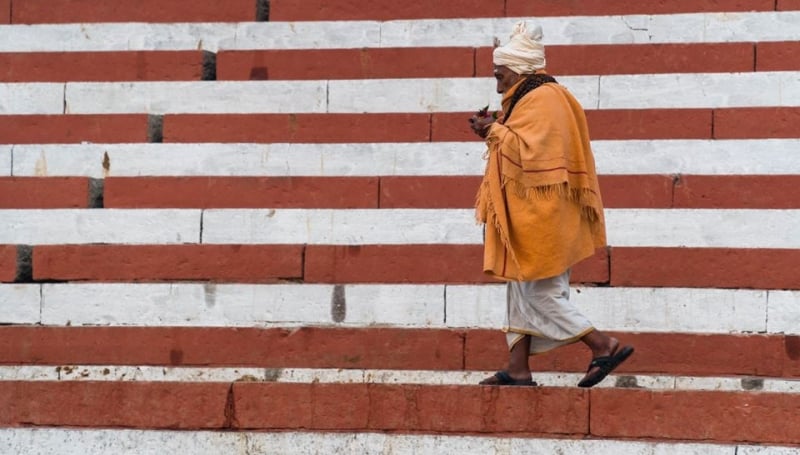
Tips & tricks
Food and drinks:
- Sanitize your hands properly before you eat.
- Indian cuisine is flavourful and there are options for less/non spicy foods.
- Make sure your food is served hot and is cooked through.
- Do not drink water from the taps (it is fine to brush your teeth with the tap water).
- Avoid drinks with ice cubes.
- Personal drink recommendations: Lassi and Chai Tea.
Transport:
- Tuk-tuk will get you to most places, and you can try to bargain (Rp150 for 9km ride).
- Check out the OLA app (their version of Uber/Grab) if you want to gauge the transport fares.
- Trains are commonly cancelled or delayed. If you really need a ticket and everything is sold out, you can try a “tatkal” ticket. It is an emergency ticket sold at a premium of Rp300, and can be bought at 10am a day prior to your actual train ride. Still, it is fastest fingers first! If all fails, get the general ticket and see if you are able to find vacant seats in other cabins afterwards (although you run the risk of paying a fine if you are caught).
- Be sure to pack a jacket with you if you are travelling on the trains, as they are not well insulated from the cold in winter.
Lodging:
- Guesthouses are plentiful and room rates can be bargained for on the spot if they haven’t been booked online in advance.
- Rooms are typically inexpensive, and can start as low as S$7 per night. This will get you a room with a bathroom with hot water and a sitting toilet.
- You will get what you pay for! If your lodging is inexpensive, do not expect completely pristine conditions. (I experienced dust and stained bedsheets.)
Dealing with touts and beggars:
- Eloquent beggars may be under the guise of being a tour guide, and try to bring you to a shop to buy things or sell a service – don’t follow them!
- Don’t feel bad to reject them. It is okay to say no, refuse eye contact and walk away.
Here’s a video I created referencing interesting moments during my trip. Hopefully it can give you greater insights about my experiences and encounters in Varanasi and Bodhgaya!
